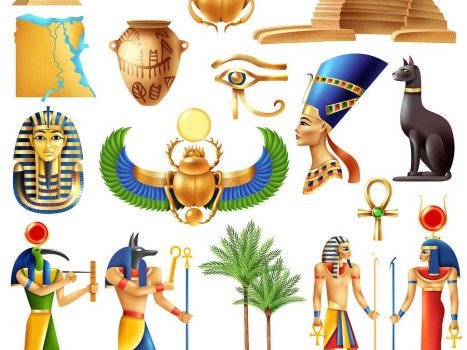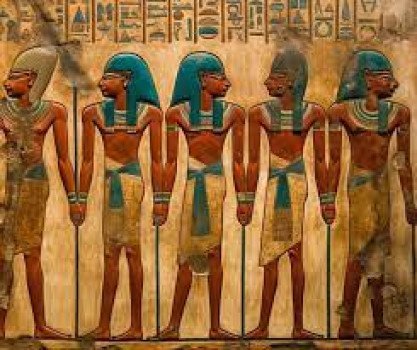God Osiris | Ancient Egyptian Gods
God Osiris: Lord of the Underworld
The god Osiris is one of the major gods in Egyptian mythology. He is the god of the afterlife the underworld and resurrection. Osiris was the husband and brother of Isis and they had a son named Horus His symbols are the staff whips the Atef crown and the Djed pillar which signifies stability For those interested in Egyptian mythology Osiris holds significant importance much like the allure of Egypt travel packages for those fascinated by ancient history and culture
The Myth of Osiris
The story of Osiris is one of the most well known myths in Egyptian mythology. Osiris was a just and fair king of Egypt. His brother Set was jealous and ambitious and murdered Osiris and cut his body into pieces and scattered them all over Egypt. Isis with the help of her sister Nephthys collected the pieces of Osiris’s body and magically put him back together. She then used her magic to bring him back to life so Osiris became the god of the afterlife. This myth represents the cycle of death and rebirth and the themes of resurrection and eternal life central to Egyptian beliefs. Egypt day tours offer chance to explore the rich tapestry of ancient Egyptian my thology and history firsthand.
The Osiris in Egyptian Religion
Osiris was a major part of Egyptian religious practices and beliefs. As the god of the afterlife he judged the dead. According to Egyptian belief when a person died their soul would stand before Osiris in the Hall of Judgment. The heart of the deceased would be weighed against the feather of Ma’at the goddess of truth and justice. If the heart was lighter than the feather the soul would live eternally in the Field of Reeds. If heavier it would be eaten by the demon Ammit . Explore these ancient Egyptian beliefs and more with Egypt luxury tours, experiencing the mysteries of Osiris and other gods firsthand.
Temples and Worship of Osiris
Osiris was worshipped all over Egypt with major cult centers at Abydos and Philae. The temple of Abydos was most important as it was believed to be the tomb of Osiris. Pilgrims from all over Egypt would visit Abydos to participate in the annual festival of Osiris which celebrated his death and resurrection.
The Philae temple although primarily dedicated to Isis also had Osirian worship. These temples were places of pilgrimage and worship where rituals and ceremonies were performed to honor Osiris and to get his blessings for a safe passage to the afterlife.
Osiris in Art and Symbolism
Osiris is often depicted as a mummified king holding the crook and flail, symbols of kingship and power. He wears the Atef crown, a white crown flanked by two ostrich feathers meaning he is the ruler of the afterlife. The djed pillar another symbol associated with Osiris means stability and eternal life.
Legacy of Osiris
The legacy of Osiris goes beyond ancient Egypt. His story of death and resurrection influenced other cultures and religions and the human understanding of life, death and the afterlife. The Osirian myth also emphasizes justice, resurrection and eternal life in ancient Egyptian culture.Explore these themes and more with Egypt tours, delving into the rich tapestry of Egyptian mythology and history.
Visiting Sites Associated with Osiris
When traveling to Egypt you can explore sites closely associated with the Osiris myth and cult while enjoying all-inclusive Egypt vacations.
 English
English
 Español
Español
 Chinese
Chinese
 français
français
 português
português
 Italian
Italian
 Russian
Russian
 Czech
Czech
 Deutsch
Deutsch
 Japanese
Japanese









